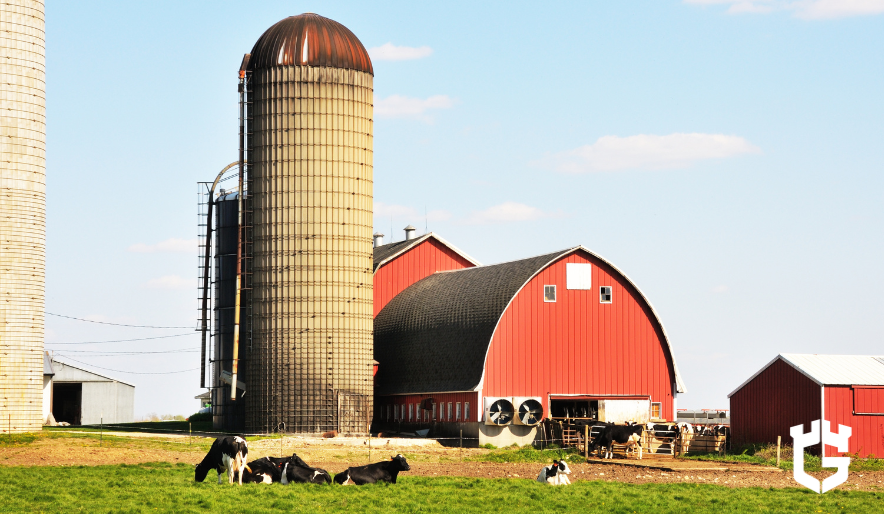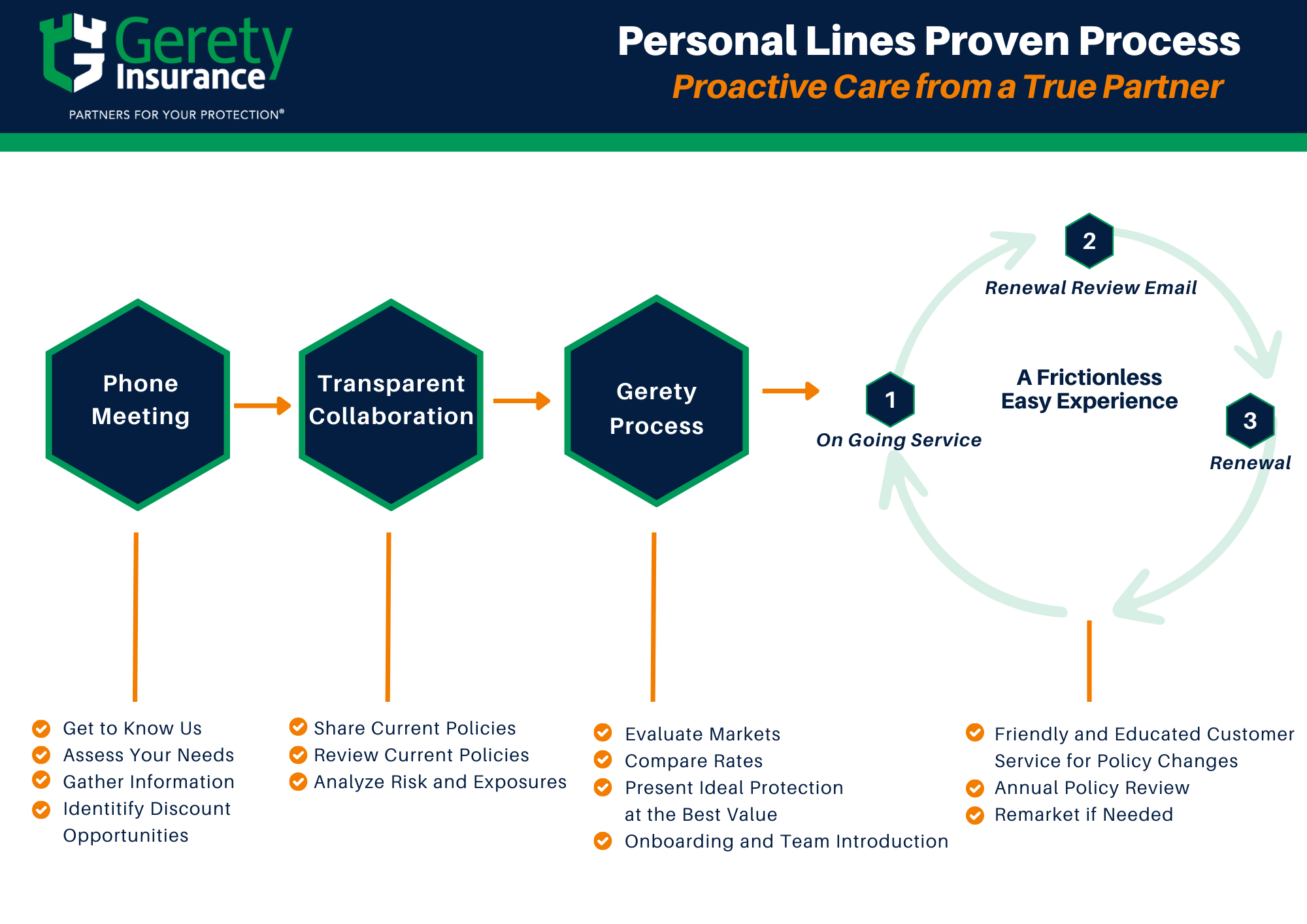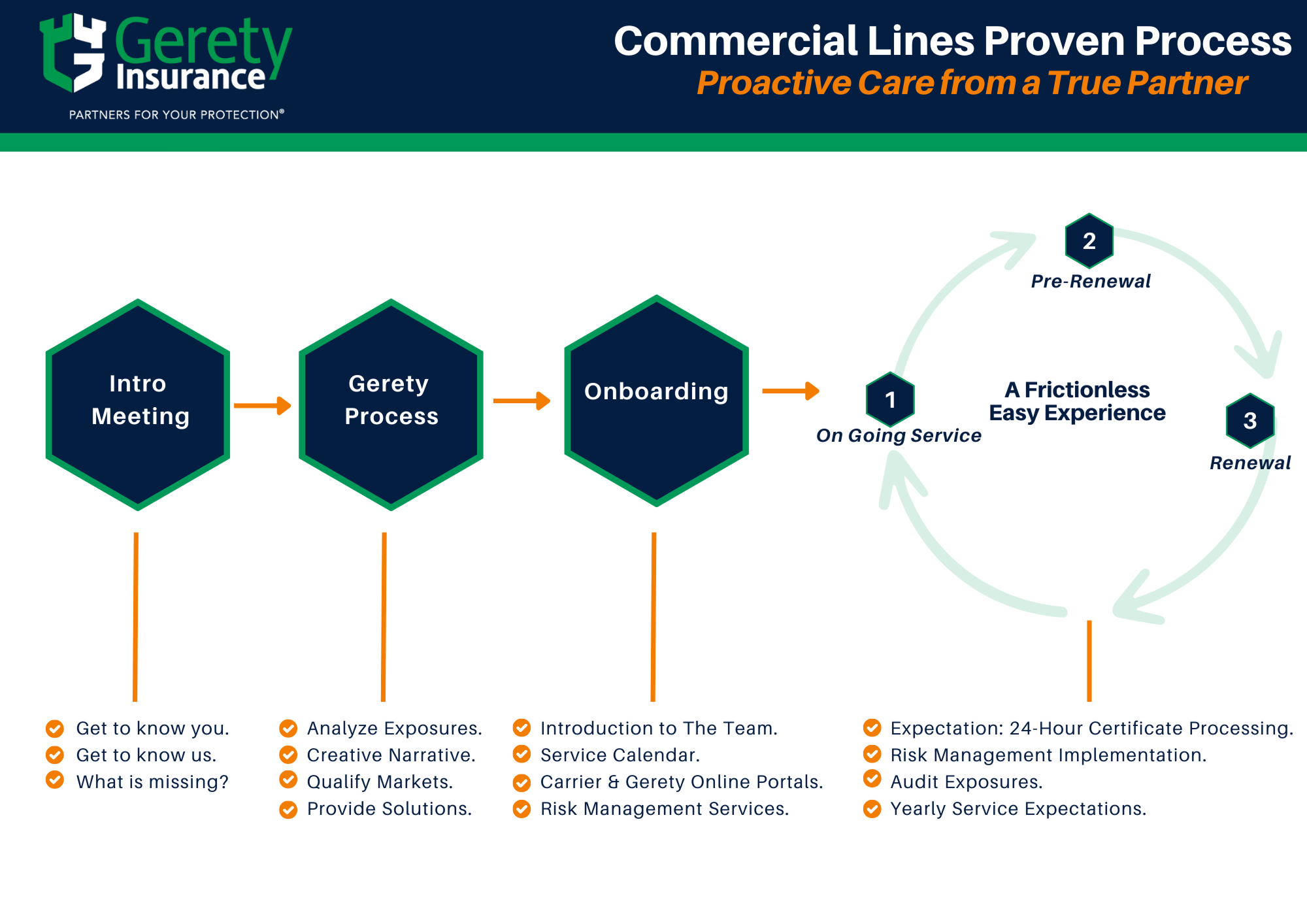Unlike standard homeowners or commercial policies, insurance for a farm is specially designed to protect both your home and your livelihood. And more farmers are recognizing how critical this protection is.
In 2024, nearly 90% of eligible U.S. farmland was insured, with more than 2.4 million crop insurance policies providing $159 billion in coverage against weather and market losses. This surge in participation reflects a growing awareness that farm risks are evolving and so must your insurance.
Whether you operate a small farmstead or manage a larger agricultural enterprise, your policy should account for the unique blend of personal, business, and property risks that come with farm life. In this guide, we’ll help you evaluate your risks, understand core coverage types, and avoid common gaps so you can protect your livelihood.
The Basics of Insurance for a Farm
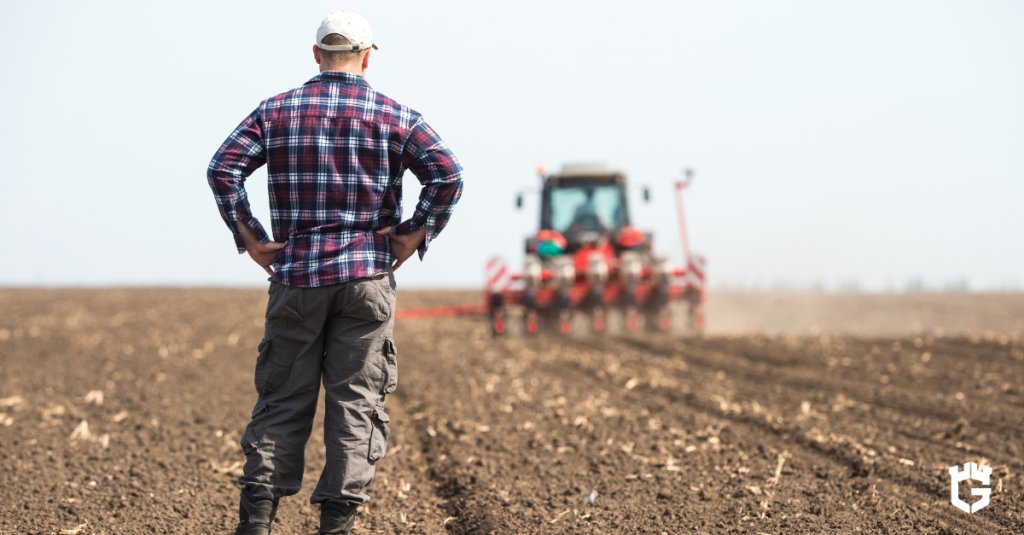
Farm insurance isn’t a single policy. It’s a customizable package that blends property, liability, and business coverage to reflect the dual nature of farm life: part home, part enterprise.
A comprehensive policy can protect your farmhouse, barns, equipment, livestock, and even certain types of crops, all under one umbrella. Depending on your operation, there are a few common coverage structures:
- Farmstead insurance is often ideal for family-owned farms as it combines personal property protection with coverage for small-scale farming activities.
- Farm and ranch insurance is better suited for larger or more complex operations, especially those with employees, leased land, or multiple income streams, such as agritourism, roadside stands, or boarding services.
Because every farm is different, many agricultural insurance companies offer flexible policies that can be tailored to your specific setup.
Identify and Evaluate Your Farm’s Unique Risks
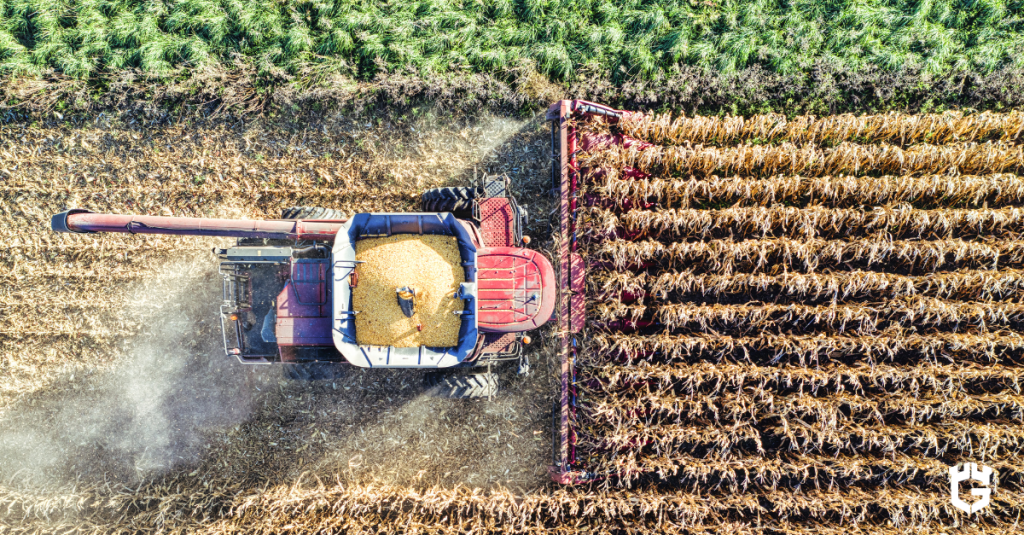
Before choosing a policy, it’s essential to evaluate the specific risks tied to your operation. Think about what you’d lose if disaster struck tomorrow.
Do you raise livestock? Operate heavy machinery? Grow seasonal crops? Each of these elements introduces a different type of risk, and each one may require a specific type of farm insurance coverage.
Weather-related risks, in particular, are on the rise. Between 1991 and 2017, higher temperatures alone accounted for $27 billion in crop insurance losses. If your operation depends heavily on crop production, evaluating your exposure to extreme weather events, such as droughts, floods, and heat waves, is a critical part of protecting your bottom line.
Other risk factors include:
- Livestock exposure to disease, predators, or theft
- Equipment breakdowns that could delay planting or harvesting
- Crop loss due to weather or pests
- On-site injuries involving family, workers, or visitors
- Agritourism liability (hayrides, farm stands, u-pick events)
Your location, climate, and operation size also influence your risk profile. A small family farm may benefit from bundled farmstead insurance, while a larger or more diverse setup might require multiple policy riders to cover added complexity.
A thorough risk assessment helps you avoid underinsurance and surprises at claim time. By understanding the nuances of your farm’s exposure, you can work with an agent to build a policy that closes coverage gaps and keeps your livelihood secure.
Must-Have Farm Insurance Coverage Types
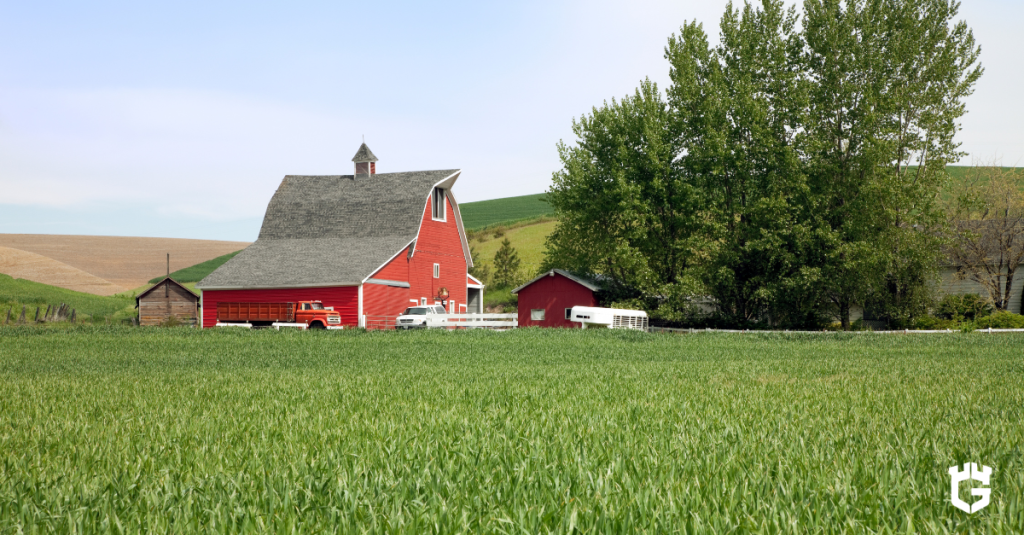
Once you’ve evaluated your farm’s risks, the next step is making sure your policy includes the right protection. Insurance for a farm needs to protect everything that keeps your operation running, from your barn roof to your bottom line.
Here are some of the most essential components to consider in a farm policy:
- Dwelling Coverage – Protects your farmhouse and personal belongings from fire, storms, or other covered damages.
- Farm Property Coverage – Includes barns, silos, sheds, fences, and other outbuildings critical to daily operations.
- Equipment and Machinery – Covers tractors, plows, irrigation systems, and other farm machinery from damage or breakdown.
- Livestock Insurance – Offers protection in case of death due to accidents, weather events, or disease outbreaks.
- Crop Insurance – Helps offset financial loss from weather-related disasters, pests, or market fluctuations (offered through federal and private programs).
- Liability Coverage – Protects you if someone is injured on your property or if your operation causes damage to someone else’s.
- Business Interruption Insurance – Replaces lost income if your farm can’t operate due to a covered event.
- Farm Vehicle Coverage – Provides insurance for trucks, trailers, and other vehicles used for farming purposes.
Many agricultural insurance companies allow you to bundle these coverages into one policy tailored to your farm’s unique needs. The key is to work with a provider who understands the demands of farming and who can help you strike the right balance between coverage and cost.
Avoiding Common Farm Coverage Gaps
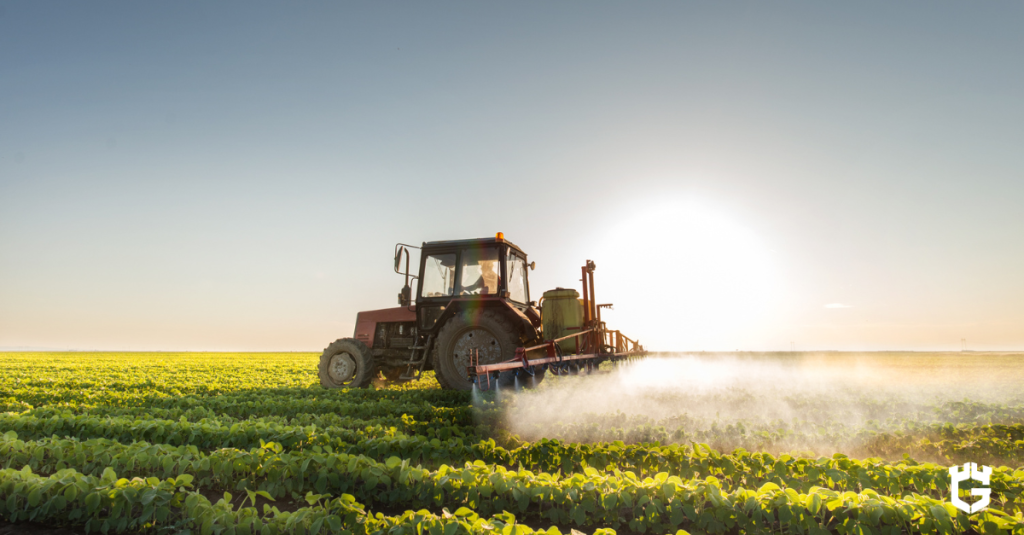
Even with a solid policy in place, many farmers discover too late that they’re underinsured in critical areas. Here are some of the most common (and costly) coverage gaps to watch out for:
1. Overrelying on Homeowners Insurance
Many small or family-run farms rely on homeowners’ insurance to cover their property, but most standard policies exclude business activities. If you sell produce, board animals, or operate farm machinery, you need dedicated farmstead insurance or farming insurance to stay protected.
2. Outdated Equipment and Livestock Valuations
Equipment values depreciate and livestock numbers fluctuate, which can leave you underinsured if your policy isn’t updated regularly. Make sure your farm insurance coverage reflects current values and inventory.
3. Missing Liability for Agritourism or Seasonal Help
If your farm welcomes the public for tours, events, or markets—or if you hire seasonal workers—you’ll need specialized liability coverage. Many farmers assume this is included in a standard policy, but it often requires an add-on.
4. Lack of Income Protection
Business interruption insurance is often overlooked, but it’s crucial if a storm or equipment failure halts production. This coverage helps replace income while you get back up and running.
Farms can evolve quickly, and so should your coverage. As your operation grows, expands into new markets, or takes on more risk, your insurance should grow with it. Conducting an annual policy review with your agent ensures you’re not relying on outdated coverage and helps close the gaps that could put your livelihood at risk.
Choosing the Right Farm Insurance Provider
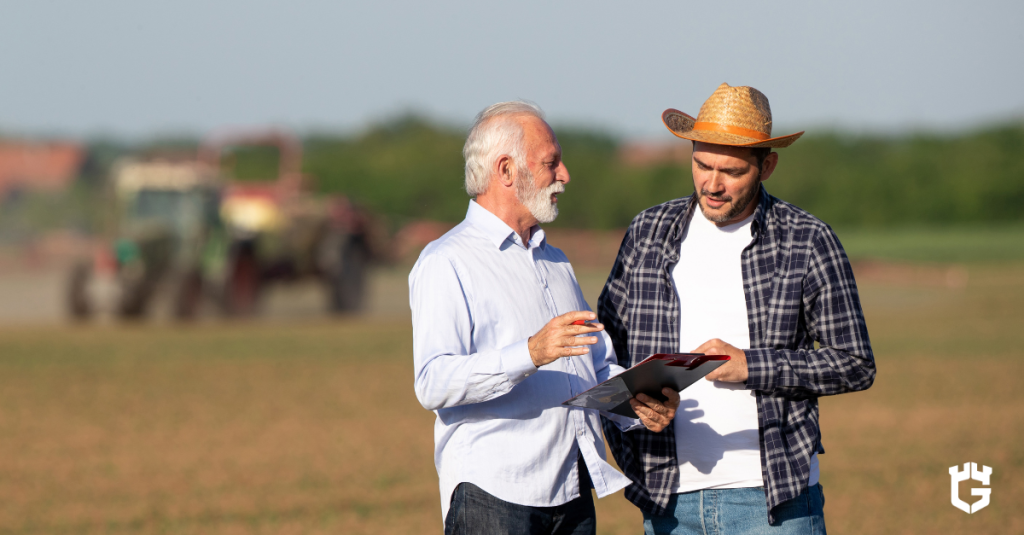
Having the right farm insurance is only half the equation; the other half is choosing a provider who truly understands the needs of farmers. Here’s what to look for:
1. Agricultural Expertise
Work with a provider who specializes in insurance for farmers. They should be able to understand your unique risks, seasonal needs, and the types of claims most common in your industry.
2. Customizable Policies
No two farms are the same. Seek out companies that offer flexible policy options, whether you need basic farmstead insurance or more complex farm and ranch insurance coverage.
3. Strong Claims Support
When something goes wrong, you want a provider known for responsive, fair claims handling. Read reviews, ask about claim turnaround times, and check their reputation in the farming community.
4. Local Knowledge
Insurers familiar with your region’s climate, regulations, common challenges, and agricultural practices can better anticipate the risks you face and tailor your policy accordingly.
5. Transparent Communication
Avoid providers who speak in jargon or gloss over details. The right partner will explain your coverage options clearly, answer your questions honestly, and help you make informed decisions.
Choosing an insurance partner isn’t just about who offers the cheapest premium. It’s about who can deliver the right coverage. A provider experienced in farm insurance can help you accurately assess your risks, tailor a policy that fits your operation, and support you through the claims process without delays or surprises.
Invest in Coverage that Works as Hard as You Do
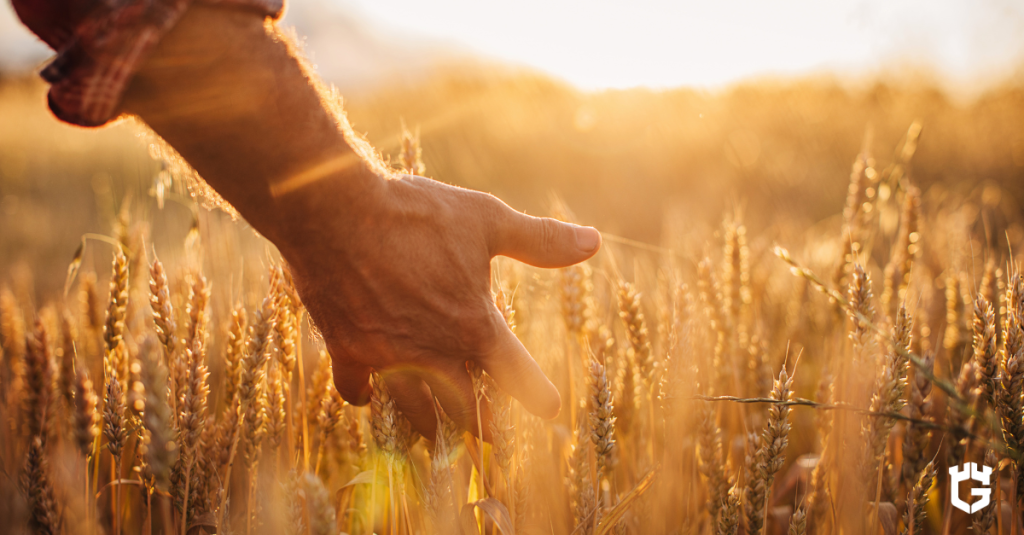
Running a farm comes with enough uncertainties; your insurance shouldn’t be one of them. Whether you’re just getting started or managing a long-standing operation, having the right insurance for a farm protects the land, equipment, and livelihood you’ve worked hard to build.
Gerety Insurance specializes in farm and ranch insurance, offering personalized policies that cover everything from your home and buildings to machinery and livestock. With over 25 years of experience serving Maryland farmers, our team understands the complexities of agricultural operations and is committed to providing comprehensive protection.
Request a quote today to get started.

